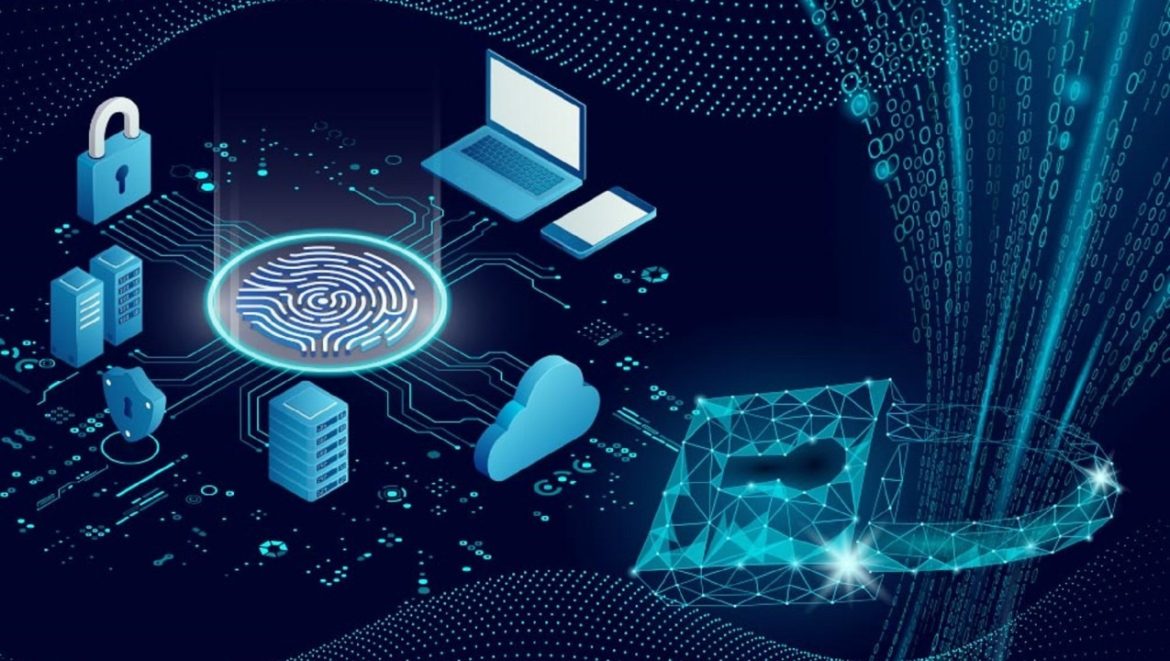In the rapidly evolving landscape of Internet of Things (IoT) devices, the integration of edge computing and Optical Character Recognition (OCR) technologies is revolutionizing the way we interact with and process textual data in real-time. This article explores the synergistic relationship between edge computing and OCR, highlighting the transformative impact on IoT applications and outlining key considerations for implementation and deployment.
The Convergence of Edge Computing and OCR
Edge computing refers to the paradigm of processing data closer to the source of generation, typically on IoT devices or at the network edge, rather than relying solely on centralized cloud servers. This approach offers several advantages, including reduced latency, bandwidth optimization, and enhanced data privacy. When combined with OCR technology, edge computing enables IoT devices to perform real-time text recognition tasks locally, without the need for continuous connectivity to cloud services.
OCR algorithms optimized for edge computing environments leverage lightweight models and efficient inference techniques to achieve high-speed processing while minimizing resource consumption. These algorithms are tailored to the constraints of IoT devices, including limited computational power and energy resources, enabling seamless integration of OCR capabilities into a wide range of edge devices, from cameras and smartphones to industrial sensors and smart appliances.
Advantages for IoT Applications
The fusion of edge computing and OCR unlocks a myriad of possibilities for IoT applications across various industries. In retail environments, for example, edge-enabled cameras equipped with OCR capabilities can instantly recognize product labels, prices, and barcodes, enabling automated inventory management, shelf monitoring, and cashier-less checkout experiences. Similarly, in manufacturing facilities, IoT sensors equipped with OCR technology can read serial numbers, part identifiers, and assembly instructions in real-time, facilitating quality control, traceability, and predictive maintenance operations.
Moreover, the integration of OCR at the edge enhances the efficiency and responsiveness of smart city initiatives. Traffic cameras equipped with OCR capabilities can analyze license plates to monitor traffic flow, enforce parking regulations, and detect stolen vehicles. In healthcare settings, wearable devices with embedded OCR functionality can interpret medication labels, patient wristbands, and medical forms, improving medication adherence, patient safety, and clinical workflows.
Key Considerations for Implementation
While the convergence of edge computing and OCR holds immense promise, there are several considerations to bear in mind when implementing these technologies in IoT deployments. First and foremost is the selection of suitable OCR algorithms and models optimized for edge environments. These algorithms should strike a balance between accuracy, speed, and resource efficiency, taking into account the specific requirements and constraints of the target IoT devices.
Additionally, data security and privacy are paramount concerns in edge-enabled OCR systems. As sensitive information may be processed locally on IoT devices, robust encryption, access controls, and data anonymization measures must be implemented to safeguard against unauthorized access and data breaches. Furthermore, compliance with regulatory frameworks such as GDPR and HIPAA is essential to ensure the lawful and ethical handling of personal and confidential data.
Future Directions and Opportunities
Looking ahead, the convergence of edge computing and OCR is poised to drive further innovation and disruption across diverse IoT domains. Advancements in edge hardware capabilities, such as specialized accelerators and low-power processors, will enable more sophisticated OCR algorithms to be deployed on resource-constrained devices. Moreover, the integration of AI techniques, such as deep learning and federated learning, will empower edge devices to learn and adapt to evolving text recognition tasks autonomously.
Furthermore, the proliferation of 5G networks will bolster the scalability and connectivity of edge-enabled OCR systems, enabling seamless collaboration and coordination among distributed IoT devices. Edge computing platforms will evolve to support edge-to-cloud orchestration, enabling seamless offloading of computationally intensive OCR tasks to remote servers for further analysis and aggregation.
In conclusion, the convergence of edge computing and OCR heralds a new era of real-time text recognition capabilities for IoT devices, unlocking unprecedented opportunities for innovation and efficiency across industries. By harnessing the power of edge-enabled OCR, organizations can augment their IoT deployments with intelligent, context-aware processing of textual data, paving the way for smarter, more responsive IoT ecosystems.



